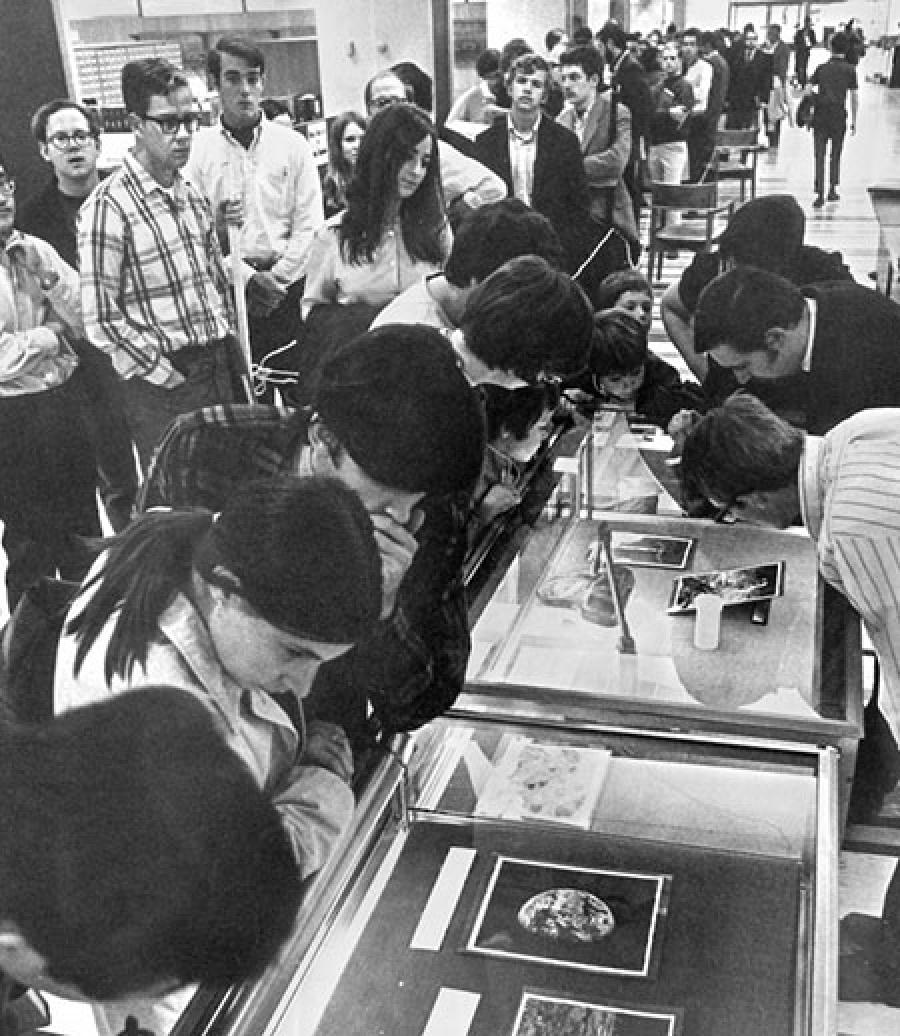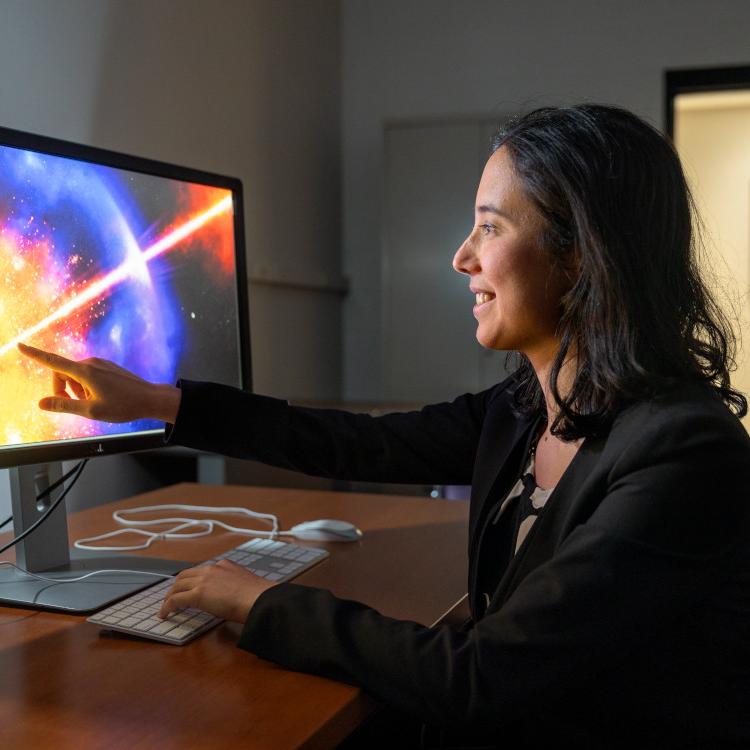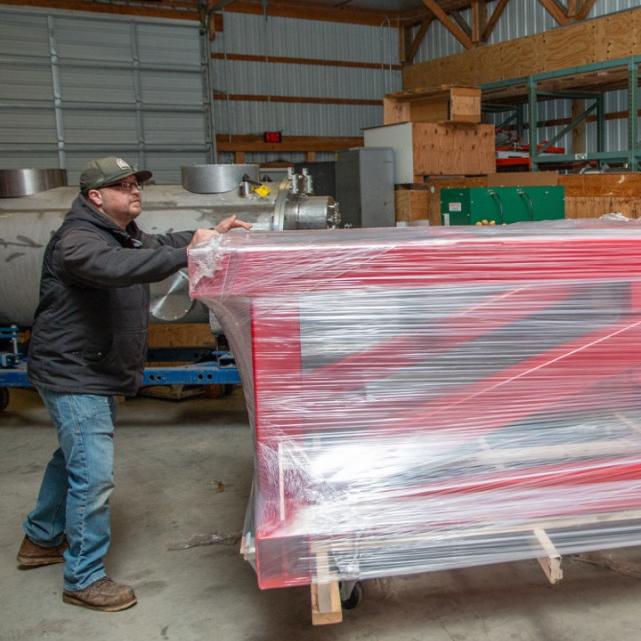Cornell will celebrate the 50th anniversary of the Apollo 11 moon landing with an afternoon of discussion about the future of planetary and exoplanetary discovery. “From the Moon to Mars and Beyond” will take place on July 20, the actual anniversary of astronauts Neil Armstrong and Buzz Aldrin descending from the Eagle spacecraft onto the lunar surface. The event will feature two talks and a panel discussion and will be held from 2-4:30 pm in Call Auditorium, Kennedy Hall. The event is free and the public is invited.
“The speakers and panelists will provide some provocative ideas to stimulate discussion with the audience,” said Jonathan Lunine, David C. Duncan Professor in the Physical Sciences and chair of the Department of Astronomy.
The program begins with a lecture, “Apollo 11 Plus 50: Context, Personal Recollections and Why It Succeeded,” by visiting scientist Peter Thomas, and then a talk, “Exploring Mars: Past, Present and Future,” by Michael Mellon, principal research scientist in Cornell’s astronomy department. They will provide historical context of humanity’s lunar and Mars explorations and the implications of those efforts for the future.
The afternoon panel will discuss the long term future of robotic and human space exploration, addressing questions such as where we could be 50 years from now, where we should go, why continue exploring space, and whether robots or humans should do the exploring beyond low Earth orbit. The panel begins at 3:20 p.m. and will feature members of Cornell’s Carl Sagan Institute:
- Jonathan Lunine, the David C. Duncan Professor in the Physical Sciences and chair of the astronomy department;
- Nikole Lewis, assistant professor of astronomy and Sagan Institute deputy director; and
- Mason Peck, professor of mechanical and aerospace engineering and former NASA chief technologist.
The line at Olin Library stretches to the door in September 1969, as students, faculty and other observers – about 8,000 people over a four-day period – get a glimpse of moon dust returned by the Apollo 11 astronauts. Professors Thomas Gold, astronomy, and George Morrison, chemistry, both were among 142 scientists commissioned by NASA to receive samples. Credit: Cornell University
“Apollo embedded an idea in our culture that space is ours,” said Peck. “Now, at long last, grandkids of Apollo are rethinking space, taking ownership of it once more, democratizing access to it and working to make space our permanent home.
“In space startups from SpaceX to Planet Labs, students are launching their own spacecraft. The discovery of new worlds are the Apollo missions of this decade. I’d argue that it is all thanks to the Apollo missions that ‘came in peace for all mankind,’” Peck said.
Event sponsors include the Department of Astronomy in the College of Arts and Sciences, Cornell Center for Astrophysics and Planetary Science, Sibley School of Mechanical and Aerospace Engineering, Carl Sagan Institute and Cornell’s Spacecraft Planetary Imaging Facility.
Image: Astronaut Buzz Aldrin, lunar module pilot, stands on the surface of the moon near the leg of the lunar module, Eagle, during the Apollo 11 moonwalk. Astronaut Neil Armstrong, mission commander, took this photograph with a 70mm lunar surface camera. Credit: NASA
A version of this story ran in the Cornell Chronicle.







